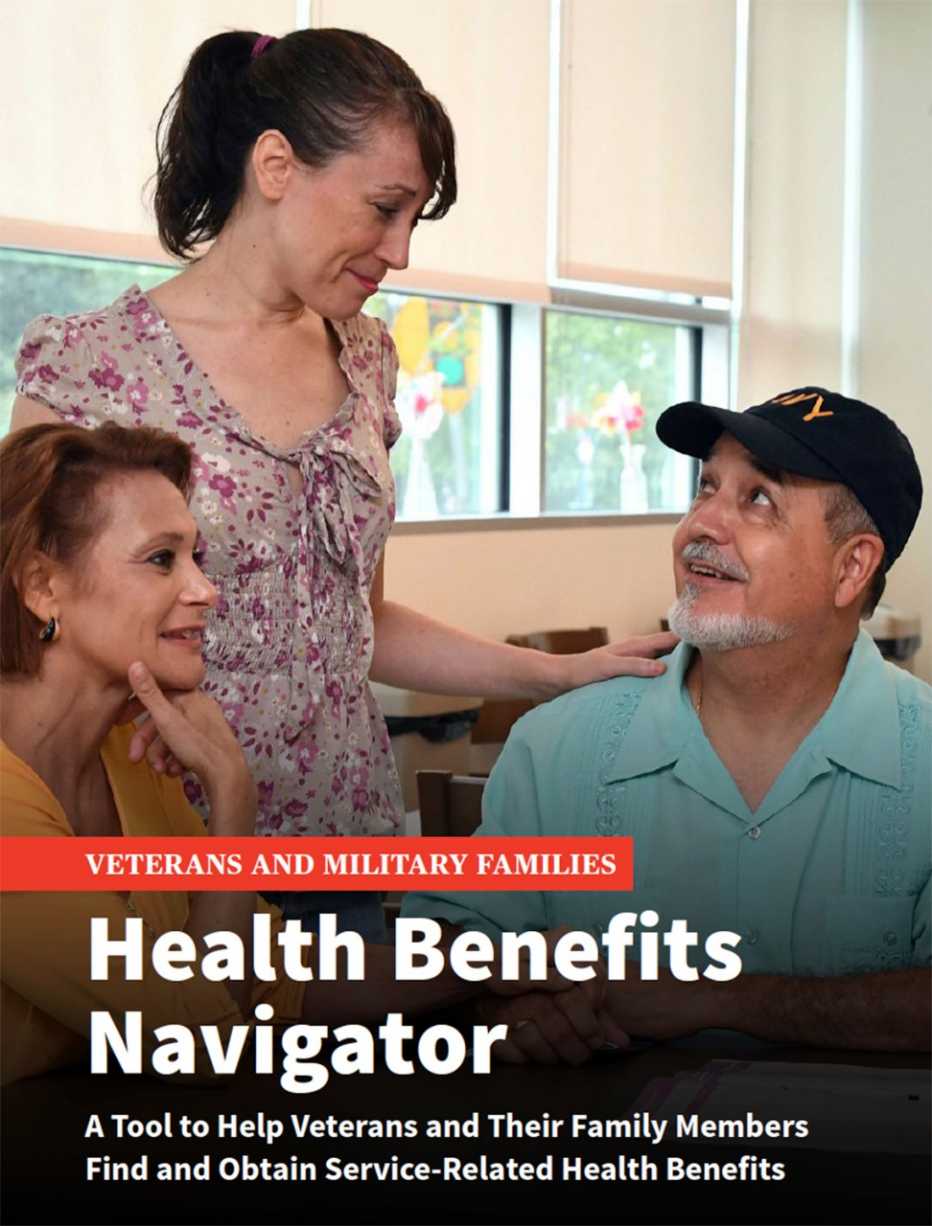Enrolling my dad in the Department of Veterans Affairs (VA) health care benefits was a big challenge for me but I persisted until he received the critical services and support that he earned. I often advise other family caregivers to check out any VA benefits available for their loved ones or even themselves that they may be eligible for. I try to give them realistic ideas and tips about navigating the VA system — it’s not an easy task. Now AARP offers a free, newly expanded “Veterans and Military Families Health Benefits Navigator” to make it easier to obtain those benefits.


AARP Membership— $12 for your first year when you sign up for Automatic Renewal
Get instant access to members-only products and hundreds of discounts, a free second membership, and a subscription to AARP the Magazine.
My grandfather C.V. Goyer served in the Army, the Army Air Corps and the Air Force. When I cared for him in the 1980s, he was enrolled in VA health benefits, although there was much less support available for his care back then.
Decades later, I cared for my dad, Robert Goyer, who was a veteran of World War II (he received the Bronze Star for fighting with the 10th Mountain Division in Italy), served in the Army Reserves and returned to active duty during the Korean War. He then left the Army and earned his doctorate, becoming a university professor. He enjoyed a long career in academia, with health care benefits included. He never availed himself of any of his hard-earned veterans benefits until he was in his late 80s and needed hearing aids.
An arduous process
By then, he was living with Alzheimer’s disease and I was his primary caregiver. I embarked on enrolling him in VA health care — an arduous, frustrating process, even though I’ve worked in the field of aging my entire career.






